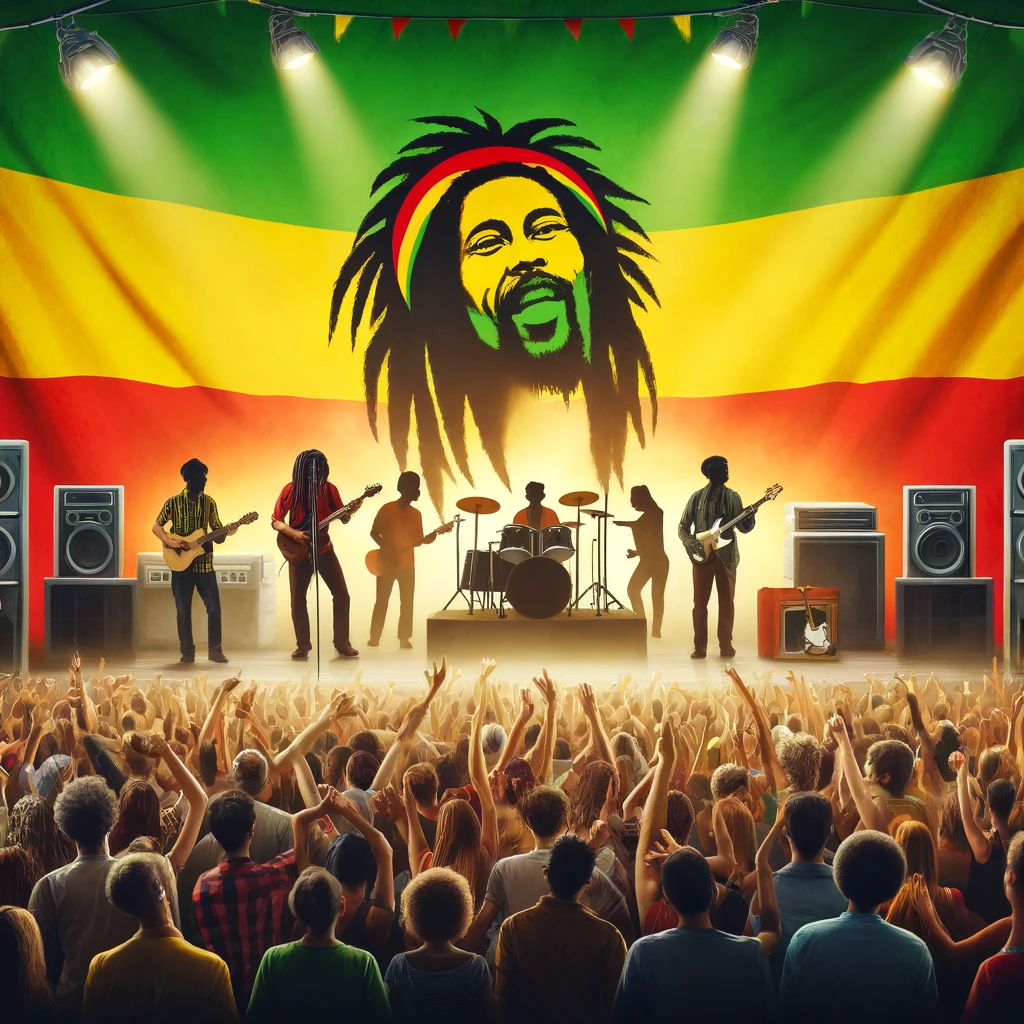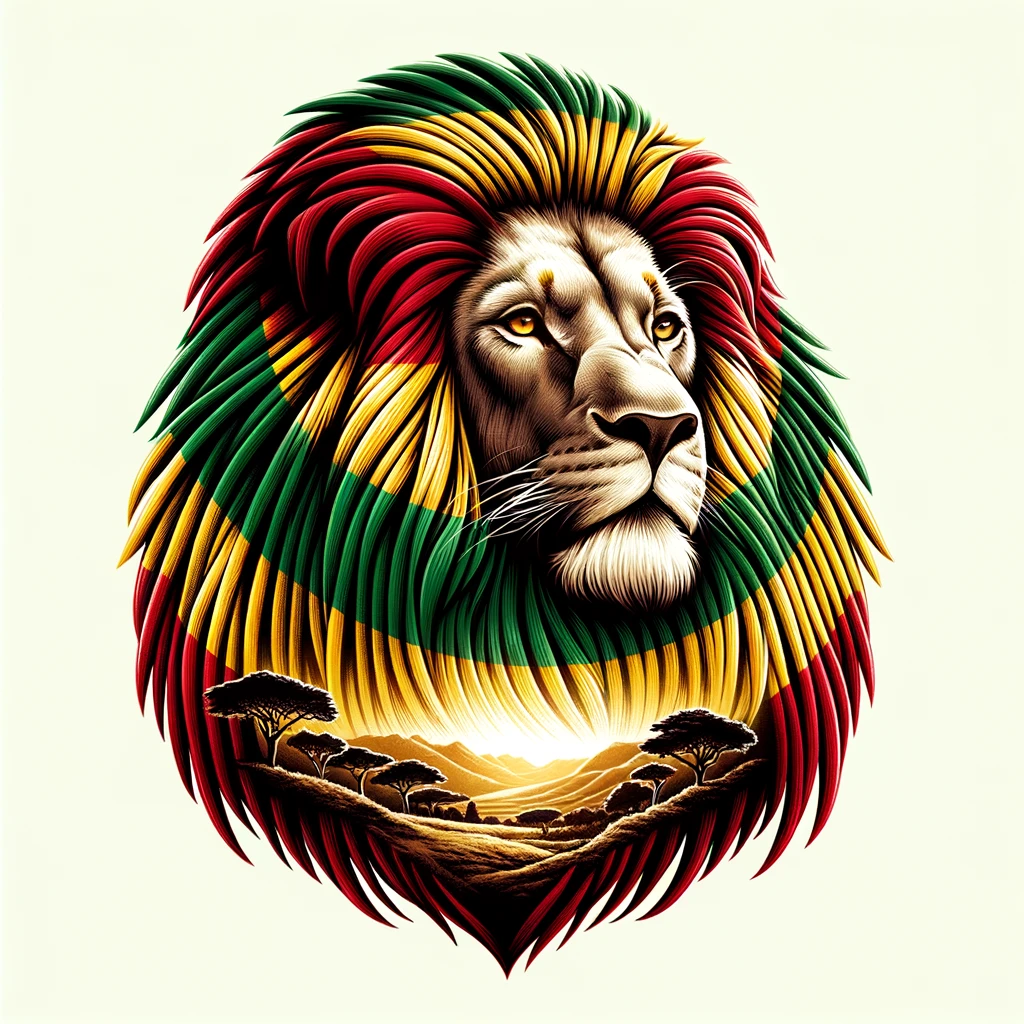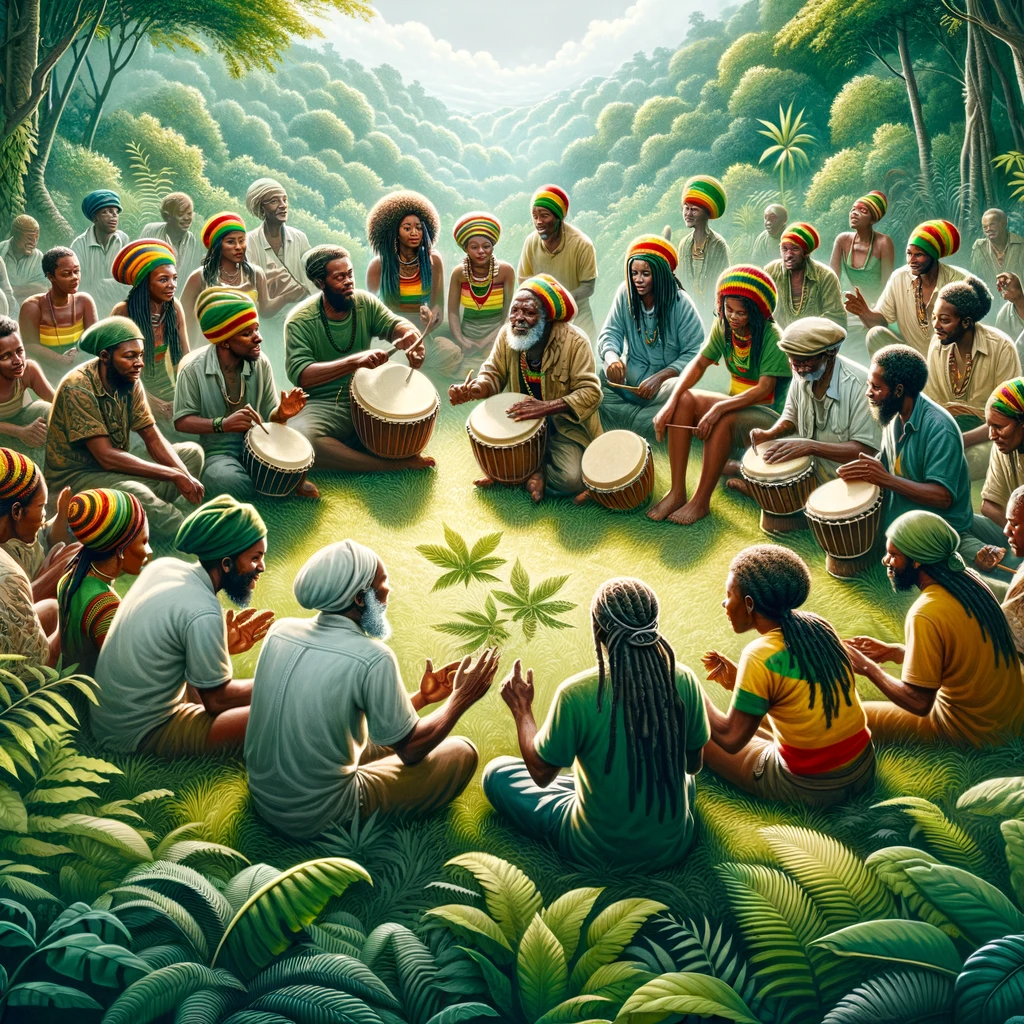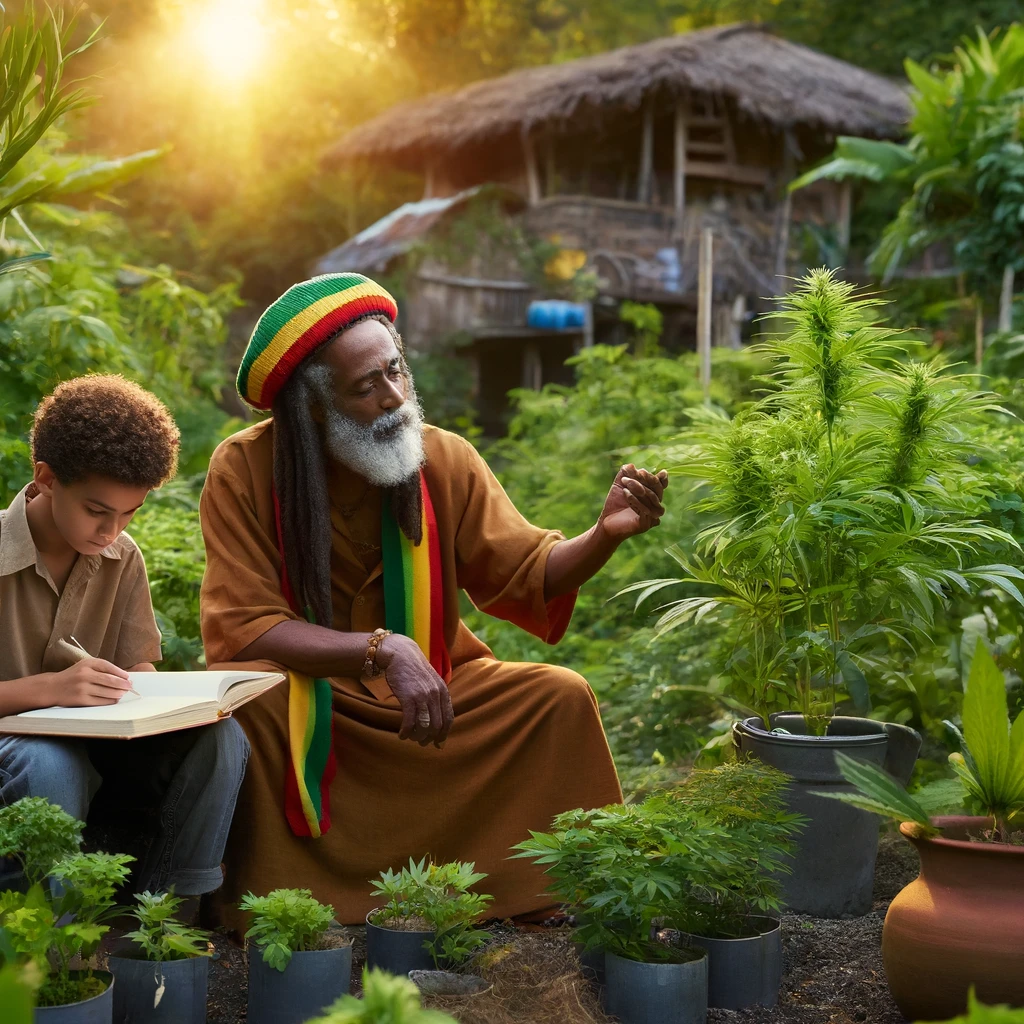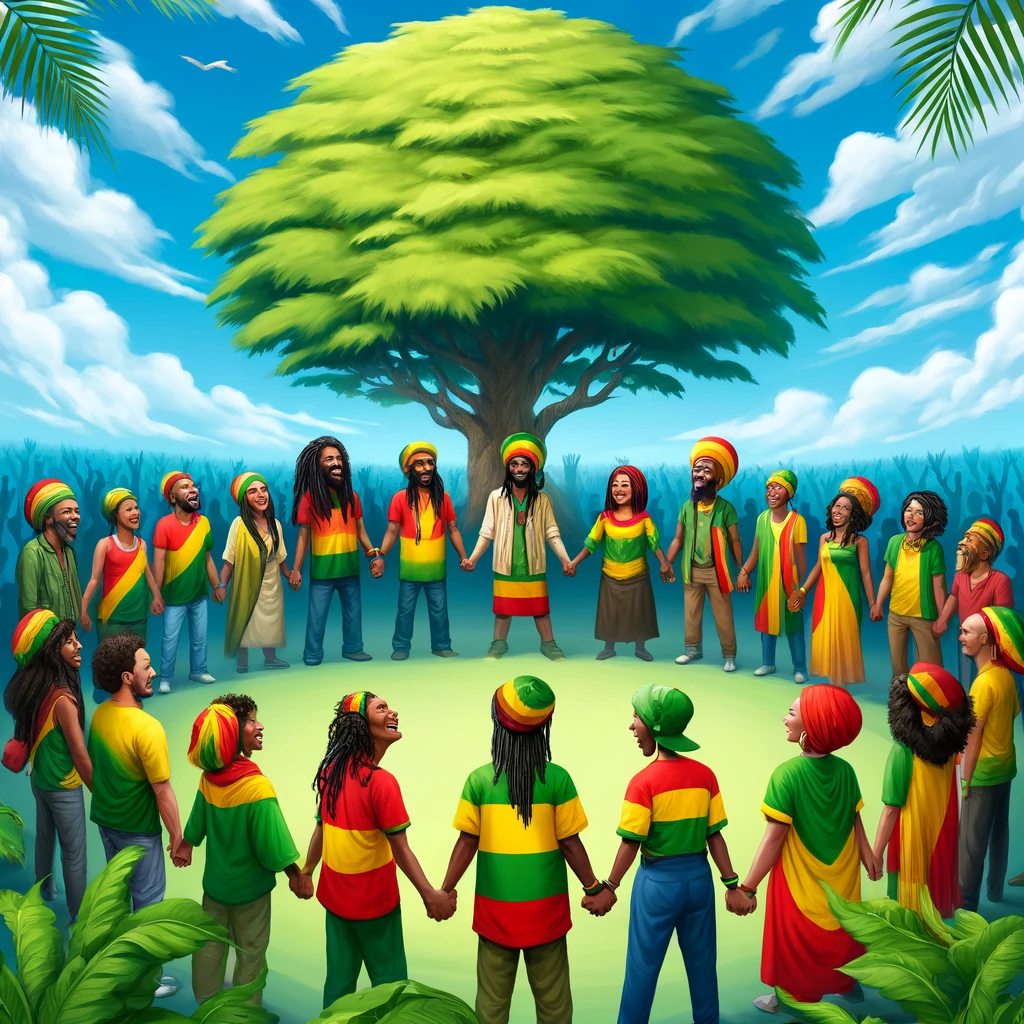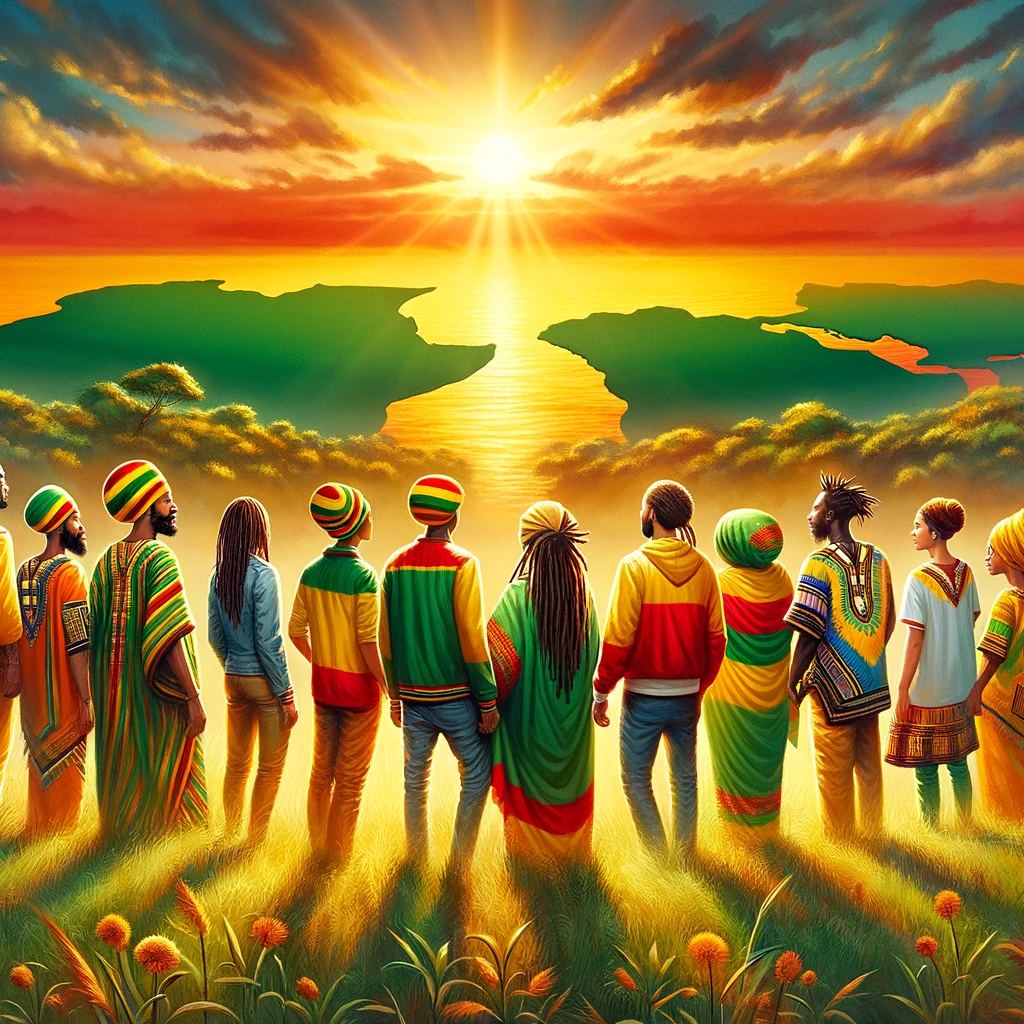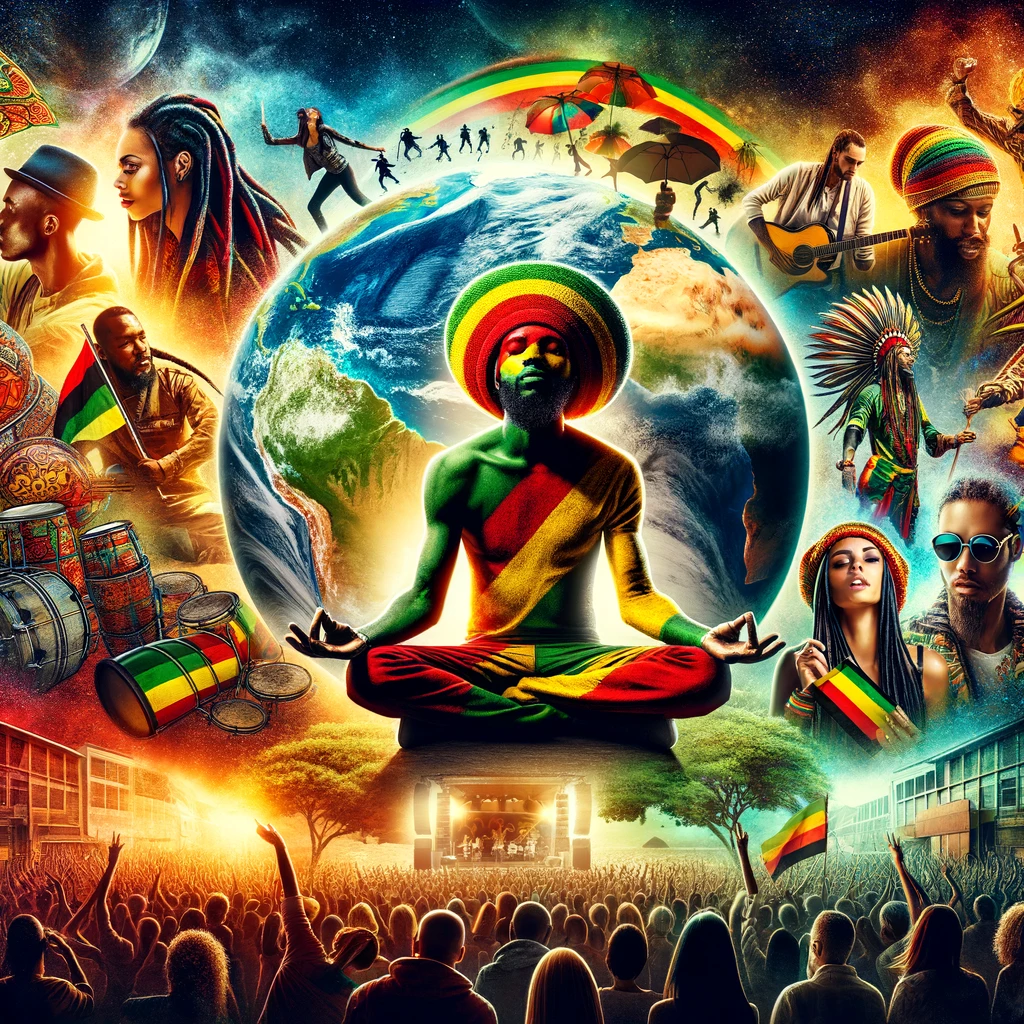Reggae Music: The Heartbeat of Rastafari Culture
Reggae music is more than just a genre; it’s a vital expression of Rastafari culture, spirituality, and resistance. This blog post delves into how reggae music serves as a powerful voice for the Rastafari movement. 1. Origins and Evolution Reggae music originated in Jamaica in the late 1960s, evolving from ska and rocksteady and deeply […]
Reggae Music: The Heartbeat of Rastafari Culture Read More »

